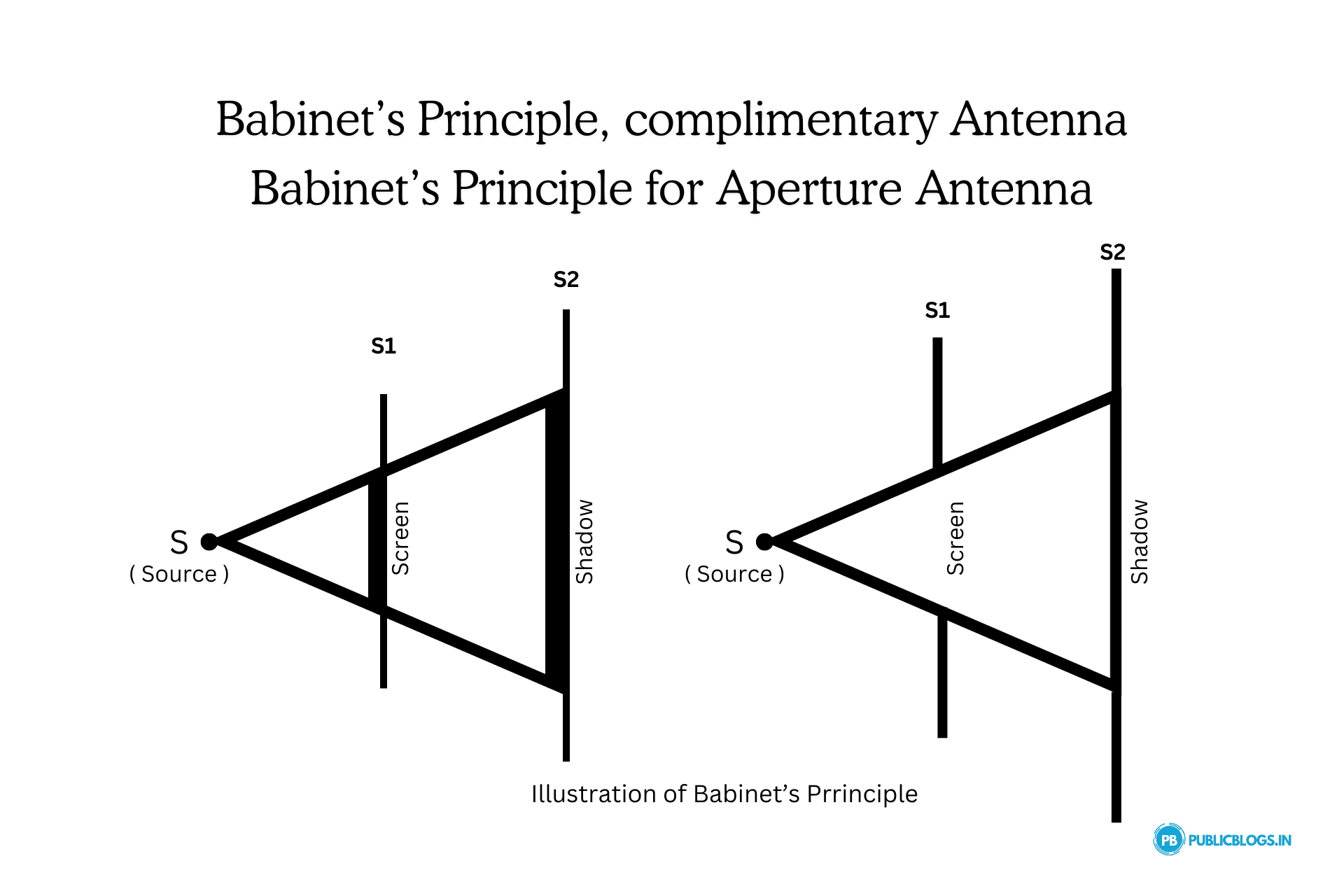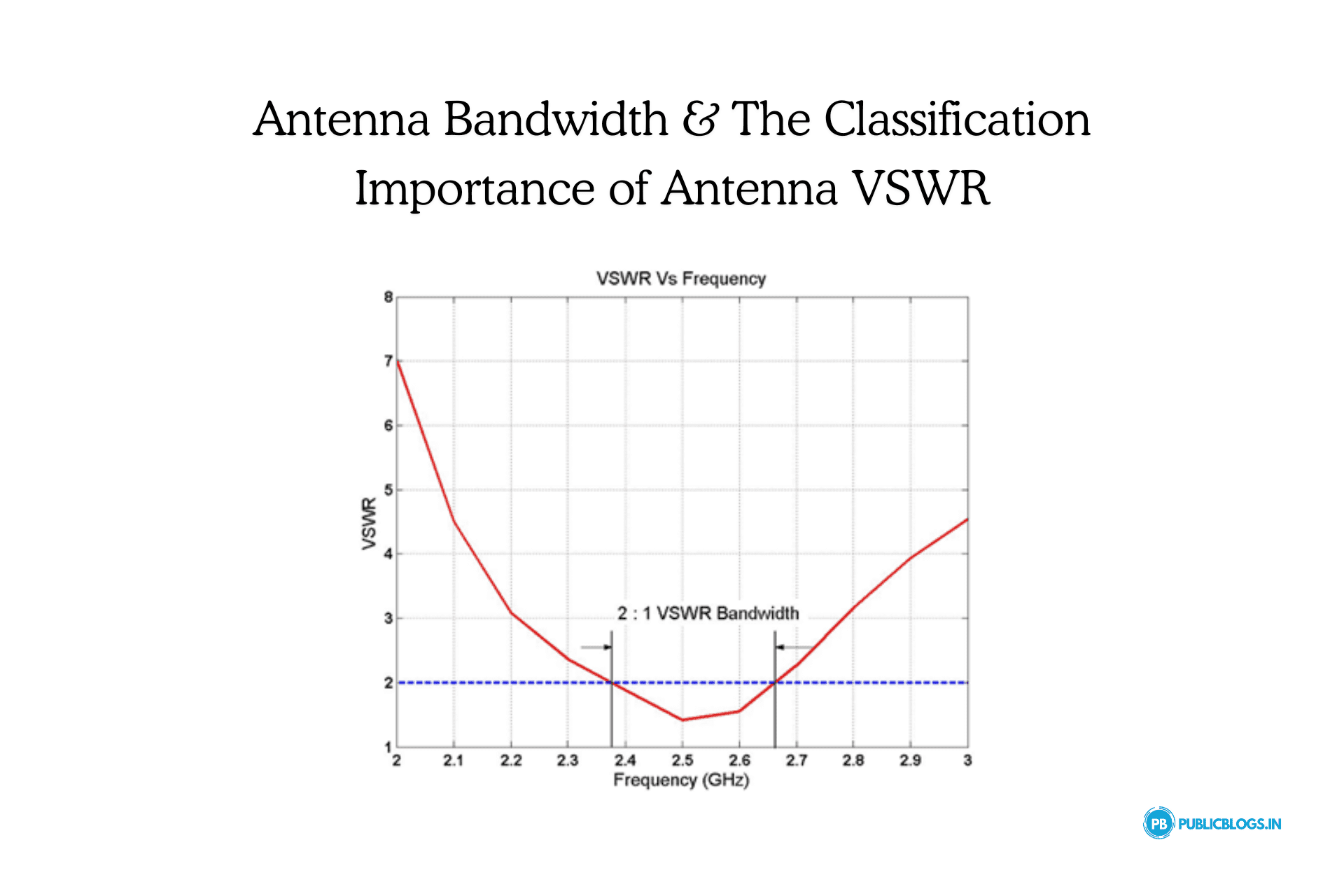
What is Babinet's Principle?
Babinet's Principle - According to Babinet's principle in optics when at a given point, behind a plane, a field having a screen is added to a field of complimentary structure, the result is a field at that point when there is no screen Babinet's principle when applied to problems of slot antennas, reduces them to the problems of complimentary linear antennas, which can be solved very easily. Babinet's principle is concerned only with absorbing screens, and neglects the effect of polarization; an important phenomenon when applied to antennas
Consider an example, in which there is a source (s) and two imaginary planes S1 and S2, in which S₁ is the plane of screens and S₂ is the plane of 2 observations. The arrangement is shown in fig.

Now there may be the following three possible cases -
Case I- When a perfectly absorbing screen is placed in plane S₁, then a region of shadow will be generated in plane S₂, as shown in Fig. At a point (x, y, z), the field behind this screen will be a function of x, y, and z, ie.
F₁ = f1(x, y, z) .................................................(i)
Case II - If the screen of case I is replaced by a complimentary screen as shown in Fig. 3.1, the field behind this screen at the same point (x, y, z) will be given by,
F2 = f2(x, y, z) .................................................(ii)
Case III - If there is no screen, the field at the point (x, y, z) will be given as,
F3 = f3(x, y, z) .................................................(iii)
Now according to Babinet's principle
F3 = F1 + F2 .................................................(iv)
Here, it should be noted that Babinet's principle is applicable to any point behind the screen and not only to the points lying in the plane of observation. Further, it can also be applied, when there is a diffraction.
An extension of Babinet's principle is given by H.G. Booker which considers the vector nature of the electromagnetic field. This extension of Babinet's principle is illustrated below with a short, theoretically infinitesimal dipole as a source.
There again may be the following three possibilities -
Case I - In this case, the dipole is placed horizontally, and the screen is a thin sheet of infinite length of a perfectly conducting material with a vertical slot cut in as shown in Fig. At any point P behind this screen, let the field be E₁.
Case II - In this case, the screen of case I is substituted by the complementary screen, i.e. a thin sheet of perfectly conducting material of dimensions some to that of the vertical slot in case I. In order to interchange the E and H, the dipole is turned vertically. In this case, the field at point P will be E2.
Case III - When there is no screen as shown in fig., then the field at point P will be E₁. Now according to Babinet's principle,
E1 + E2 = E3
or
E1 / E3 + E2 / E3 = 1 .................................................(iv)
If the screen and its complement are immersed in a medium of intrinsic impedance n, then the terminal impedance η, then the terminal impedance of screen (Zs) and that of complementary (Zc) is related by -
ZsZc = η^2 / 4
Do you dream of turning your thoughts and words into income ? join us now and become blogger now.


0 Comments
Leave a Comment